Cultivating Lifelong Learners: How to Support Personalized Teacher Growth
A Principal's Reflections
MARCH 17, 2024
In a world of standardized tests and rigid curricula, fostering a culture of continuous, personalized growth for teachers allows them to stay abreast of current trends and effective strategies, maximize time, and become the best iteration of themselves for the learners they serve.

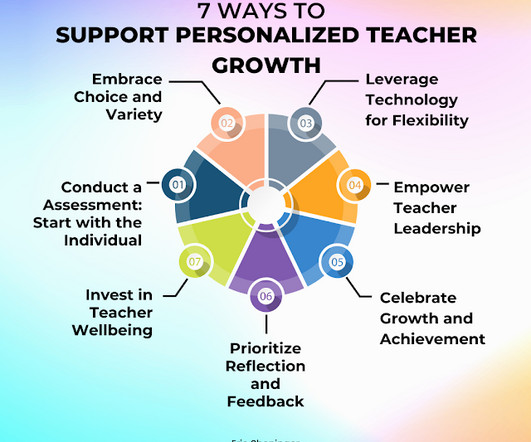








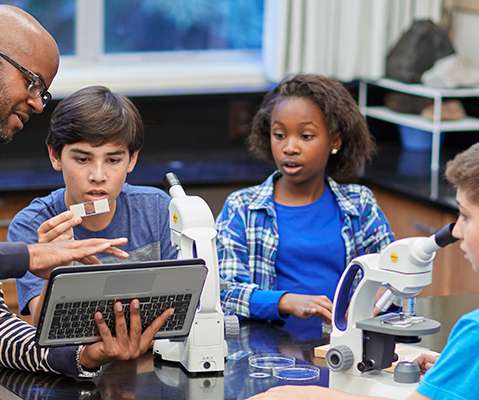




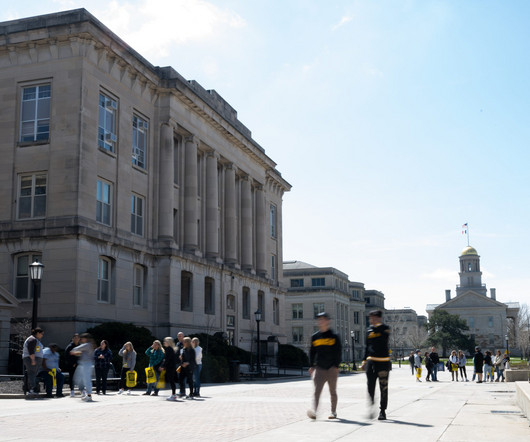



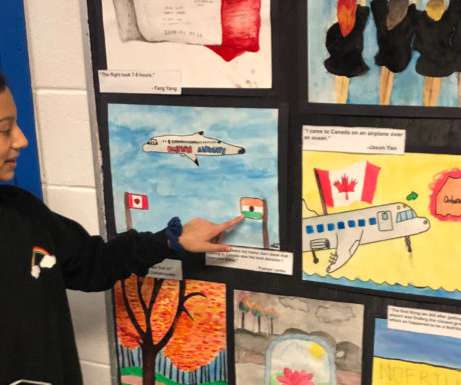


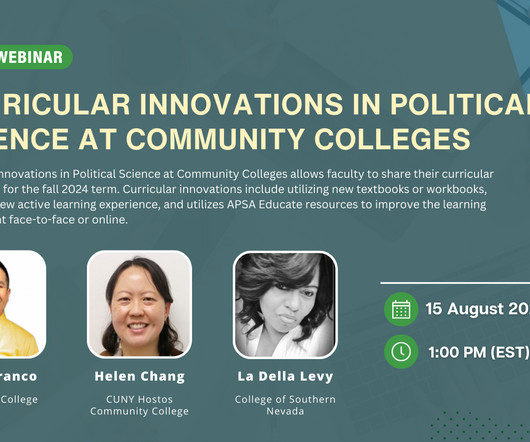







Let's personalize your content